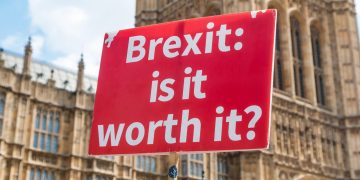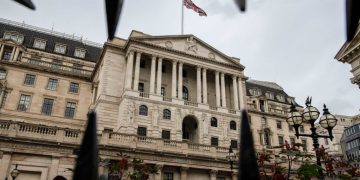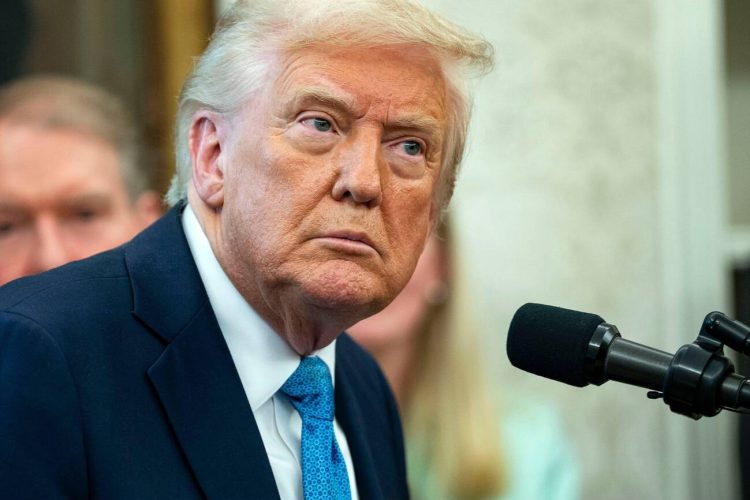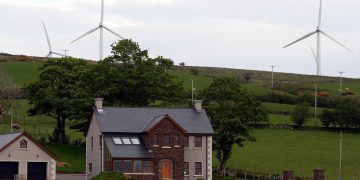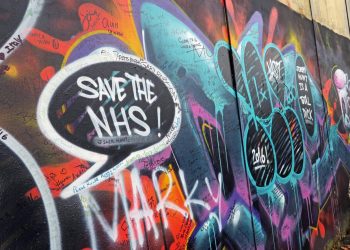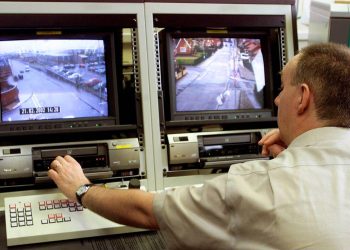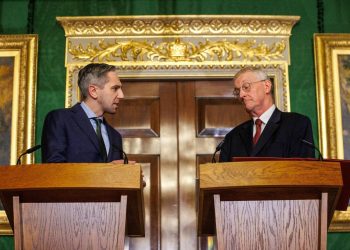A week after launching an all-out global trade war, the US president paused significant parts of it for 90 days. He insisted he stick with the random tariffs he imposed on most trading nations. Mr Trump suddenly said he would reduce most of them to 10%. It was a major humiliation. Yet Trump’s 10% tariff on Britain is still significant for nations exporting to the US. The impact of the market chaos is likely to continue in the UK and beyond. The rest of the world still faces a blanket 10% tariff on all US exports.
The leading economic forecasters are concerned.
The International Monetary Fund has already said that a trade war will damage trade and business investment in most countries. The UK is likely to escape relatively unscathed in terms of trade. UK goods exports to the US are significant. Minimising the impact of tariffs will lead to a modest 0.1 percentage point reduction in UK GDP this year. However, borrowing costs are still high, and consumer confidence is at risk. Trump’s 10% tariff on Britain presents a significant headache for Keir Starmer.
Some estimates say US inflation—currently at 2.8%—could peak at 4.5% next year if tariffs remain in place and the chances of a US recession increase. To tackle this, central banks across the UK and Europe are widely expected to cut rates soon to protect their economies.
Starmer has said he has not spoken to the US since Trump’s 10% tariff on Britain.
Government sources say the UK was not warned of this week’s duty changes. The UK is pressing for a reduction in tariffs through a trade deal. Downing Street has stressed throughout that the world has changed. The UK must also pursue other avenues for economic growth and agreements with different partners.
On a visit to Doncaster, Starmer said the UK could not just “sit back and hope” Trump’s 10% tariff on Britain would not come into force. Instead, the government must “rise to the moment here. recognise where our future lies, renew Britain and deliver security for working people”. Trump has joked at a Republican party event in Washington DC that countries are “kissing my ass” to hold trade deal talks.
The announcement of Donald Trump’s so-called “reciprocal tariffs” on April 2nd
What Trump called “Liberation Day” sent a shockwave through the global trading system and financial markets. On 9 April, the president’s 90-day pause on some tariffs set off a relief rally in stock markets. Since returning to the White House, Trump has announced numerous other tariffs that remain in place and will not be affected by the pause.
That includes:
- 25% tariffs on all car imports to America, including from the UK
- 25% tariffs on steel and aluminium imports, including products made from these metals
- 25% tariffs on many imports from Mexico and Canada.
In big-picture terms, economists warn that the extent to which the pause changes. The direction of overall US trade policy should not be exaggerated.
Bloomberg Economics calculates the US’s average tariff on all its imports
It was set to go to 27% before the pause, the highest in over 100 years. And after the pause, they estimate it will rise to 24%, still the highest in a century. Before the Trump pause, some hoped the UK could benefit from the new round of Trump’s 10% tariff on Britain.
The UK’s relatively lower tariff of 10% could have incentivised some multinational companies to produce more in Britain for export to the US. With the EU now facing the same US tariff as the UK, that incentive has gone. Although the UK government hopes to ultimately negotiate a free trade deal with the US to eliminate Trump’s 10% tariff on Britain. It’s also the case that most of the UK’s exports to the US are services rather than goods, and services are not affected by the US tariffs.
Trump has frequently used tariffs as a trade weapon.
The UK is now in the same position as almost every other country concerning US tariff barriers on goods. The UK still faces America’s 25% tariff on aluminium and steel exports. According to United Nations data, the UK exported $720m (£558m) of raw steel and aluminium to America in 2024. After Mr Trump’s ‘Liberation Day’ announcement, Sir Keir Starmer said the government was moving “to the next stage of our plan” after negotiations with the US failed to fend off any tariffs. He promised any decisions “will be guided only by our national interest, in the interests of our economy “.
Research by the Institute for Public Policy Research has suggested that tariffs on car exports to the US could threaten more than 25,000 direct jobs in the UK car manufacturing industry alone. The UK GDP could be between 2.5% and 3% lower over five years and 0.7% lower this year.
Trump’s Tariff war is a key part of his efforts to reshape global trade relations.
Trump imposed a swathe of “reciprocal” taxes that match tariffs levied by other nations. Announcing the tariffs, he claimed “trillions” of dollars from the “reciprocal” levies he was imposing on others’ trade barriers would relieve the US taxpayer and restore US jobs and factories. Trump said the US “looted, pillaged, raped, plundered” by other nations.
Tariffs were also part of his playbook in his first term. He imposed taxes on most goods from China. On his first day back in the office, the US president promised 25% tariffs on all products coming into the US from its nearest neighbours, Mexico and Canada. This is a tool to force the countries to tackle illegal migration and fentanyl crossing the border.

